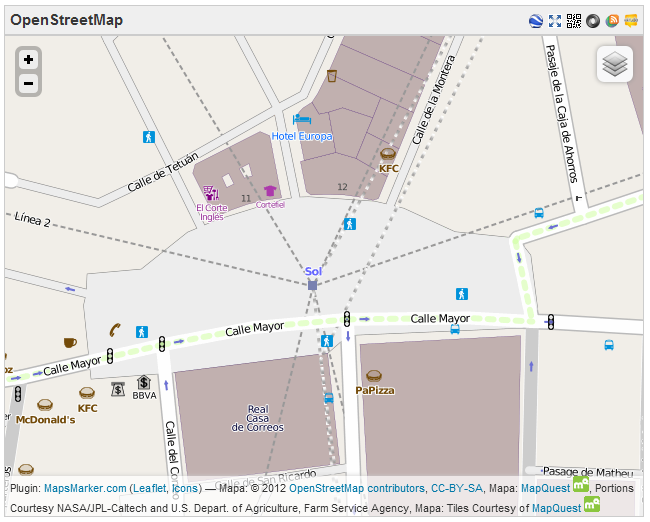Internet has provided a new method for acquiring knowledge and sharing information among people. There are some important examples:
- Software development in open source communities has created sophisticated systems having been mainly implemented in industrial sectors –Linux is one of the major examples, but there are numerous less well-known examples which are not less important.
- Encyclopaedia and knowledge repository creation is an activity having almost removed the traditional encyclopaedia from the market, that cannot be updated as quick as other projects are by hundreds of thousands of people contributing on the maintenance of Wikipedia or similar projects.
- Including specialized fields like mapping, OpenStreetMap, where user communities are efficiently replacing geographic entities, generating usable geographic information, represents a superb example.
These are just three examples of a collaboration universe indistinctly called –coworking, crowdsourcing, crowdfunding, geonetwork… spreading out like a virus, it will speed up the way knowledge pieces are created and shared.

The city, as a living and interacting entity is also the subject of this wave of change. Indeed, it may become the essential element putting this idea into effect. For that purpose, Internet can be useful, as a basic remote tool, but also enhances direct and personal relationships, highlighting city role in this way. Cities are meeting points, a magnet making personal contact and collaboration possible. This will be considered a new factor when developing top city culture and innovation services.
In order to achieve that, two actions are required:
1) To devise methods, places and means allowing the city to develop this new collaboration culture:
-
- Innovation and creativity centers
- Coexistence and co-working centers
- Living Labs
- Collaborative Planning –all sorts of agents participate in urban design to synchronize social change patterns with urban change patterns.
- Collaborative urban regeneration and expansion –new sustainable neighborhoods
- Public-privet partnerships –city is about everyone
2) City should possess its own character as an intelligent entity, establishing new kinds of relationships between citizens and the city, as well as among all the components of the city. Providing city-integrated elements with knowledge and communication ability will open up –it has been already– a new world of possibilities for interaction and relationships.
We may consider the city as a material support in order for us to live, work or simply enjoy our free time, building an intimate relationship with it or any particular place representing it. However, our city knowledge is the product of our education and own perception. The city cannot talk to us, as it is not a real entity –in any case, it will do it indirectly by signals, panels and posters used by city manager as a guide for its users.
The real change will take place at the moment we will be able to engage with the city or any of its components, since the city will have become a responding entity making decisions and performing, in virtue of a distribution and intelligent process and a computing capacity among all its components.
A city like Madrid represents a giant puzzle of thousands of identifiable pieces –I have estimated more than 20 millions, configured as tridimensional spaces to which a particular function is assigned: rooms in a building, entire buildings, plots, pavements, roads, intersections, crosswalks, entrances, car-parks, gardens, infrastructure supply lines, facilities, vehicles, pedestrians…
City intelligence as an intelligent entity will be an emerging feature of the millions of its components. At that stage, citizens will be interacting in partnership with their city and the dream of a collaborative city will come true.
Bibliography
http://www.enhr2007rotterdam.nl/documents/W21_paper_Barendse_Duerink_Govaart.pdf
http://www.springer.com/earth+sciences+and+geography/geography/book/978-4-431-99263-9
